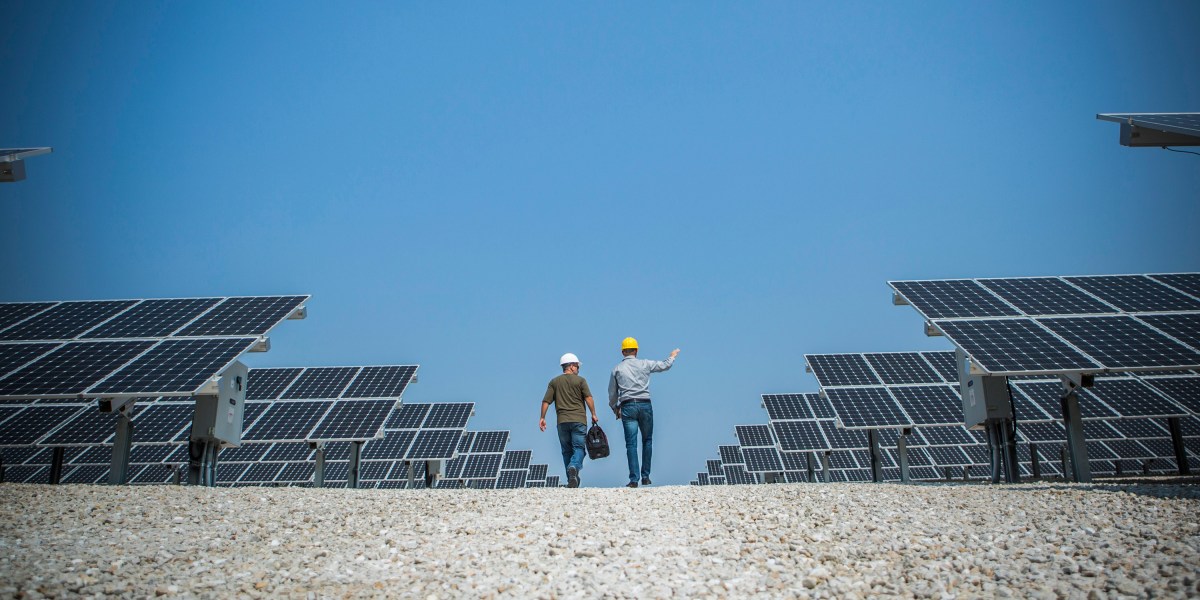The UN just handed out an urgent climate to-do list. Here’s what it says.

As inexpensive as wind and solar are, they can still represent a significant financial investment. That’s why the new report emphasizes that improved access to financing, especially for developing nations, would help speed climate action.
“Money cannot solve everything, but it is critical to narrowing the gap between those who are most vulnerable and those who enjoy greater security.” Lee said.
2) Cut methane emissions from fossil-fuel production and waste.
Carbon dioxide is the main culprit in climate change, but it’s not alone in its planet-warming effects. In the near term, methane is about 80 times more powerful as a greenhouse gas than carbon dioxide.
Cutting methane emissions this decade will be key to reaching climate goals and limiting peak warming levels: hitting the 1.5 °C target will require methane emissions to fall by a third between 2019 and 2030, according to the IPCC report.
There’s a wide range of methane sources, but some of the top targets for emissions cuts include oil and gas production and food waste, according to the report.
Investments in new infrastructure to cut methane emissions from oil and gas could end up breaking even: according to the IEA, an annual investment of $11 billion would be needed to clean up the sector, but the value of the captured methane could be more than enough to cover the cost.
3) Protect natural ecosystems that trap carbon.
While the majority of human-caused greenhouse-gas emissions come from transport, energy, and buildings, about 20% of global emissions are from agriculture, forestry, and changes in land use. The impacts of human-caused climate change “threaten our life support system, nature itself,” said Lee. Conserving and restoring natural ecosystems will not only be key for preserving biodiversity—it’ll have emissions benefits too.
Natural ecosystems can trap and store carbon, and tropical rain forests are among the planet’s largest carbon sinks. Preserving these and other ecosystems could be a low-cost, high-value way to slow climate change.


